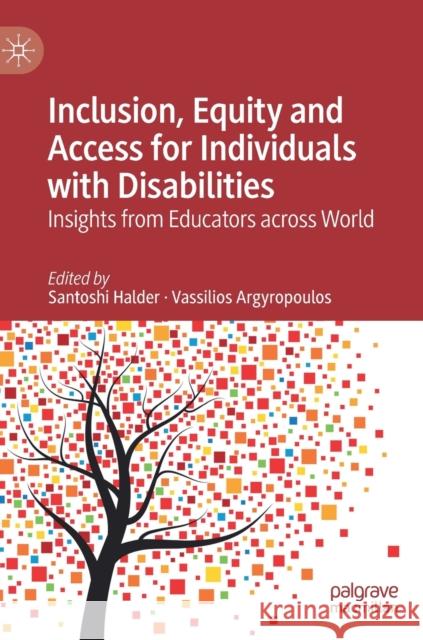Inclusion, Equity and Access for Individuals with Disabilities: Insights from Educators Across World » książka
topmenu
Inclusion, Equity and Access for Individuals with Disabilities: Insights from Educators Across World
ISBN-13: 9789811359613 / Angielski / Twarda / 2019 / 671 str.
Inclusion, Equity and Access for Individuals with Disabilities: Insights from Educators Across World
ISBN-13: 9789811359613 / Angielski / Twarda / 2019 / 671 str.
cena 887,69
(netto: 845,42 VAT: 5%)
Najniższa cena z 30 dni: 848,19
(netto: 845,42 VAT: 5%)
Najniższa cena z 30 dni: 848,19
Termin realizacji zamówienia:
ok. 22 dni roboczych
Dostawa w 2026 r.
ok. 22 dni roboczych
Dostawa w 2026 r.
Darmowa dostawa!
Kategorie:
Kategorie BISAC:
Wydawca:
Palgrave MacMillan
Język:
Angielski
ISBN-13:
9789811359613
Rok wydania:
2019
Wydanie:
2019
Ilość stron:
671
Waga:
1.05 kg
Wymiary:
21.01 x 14.81 x 4.14
Oprawa:
Twarda
Wolumenów:
01
Dodatkowe informacje:
Wydanie ilustrowane











